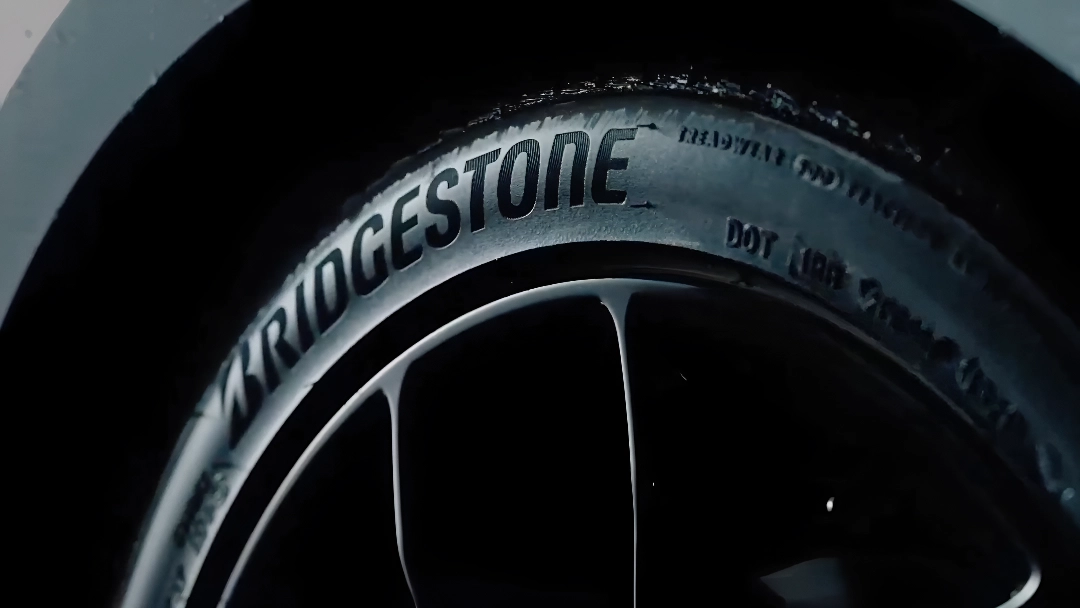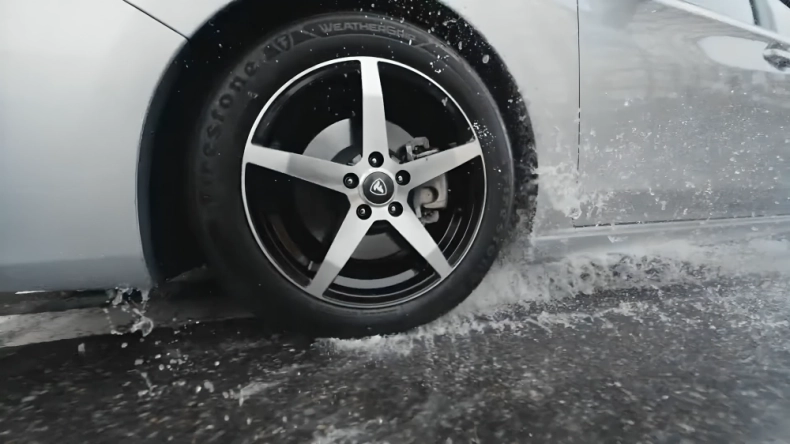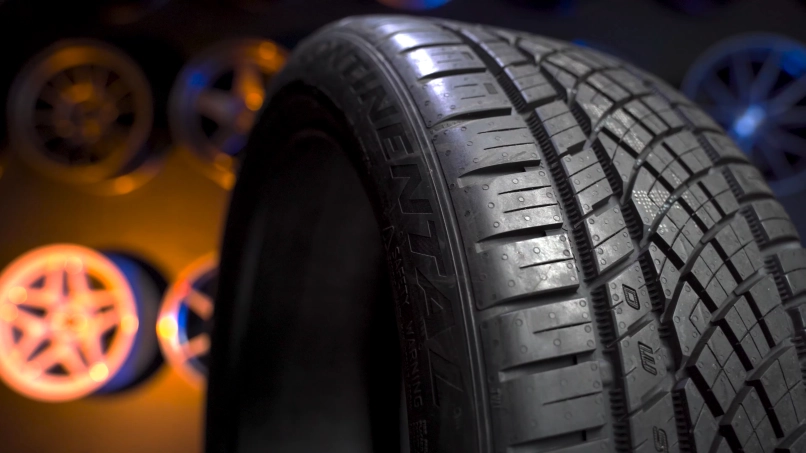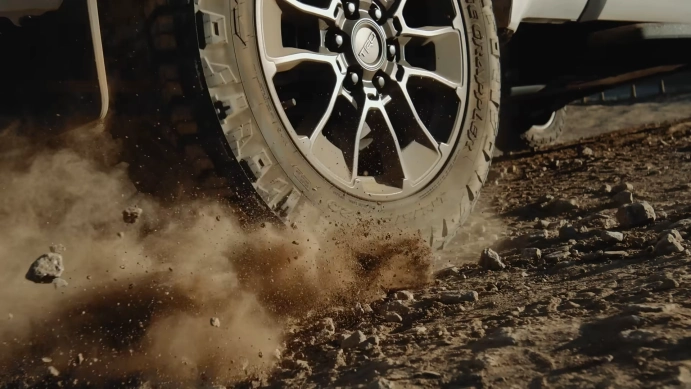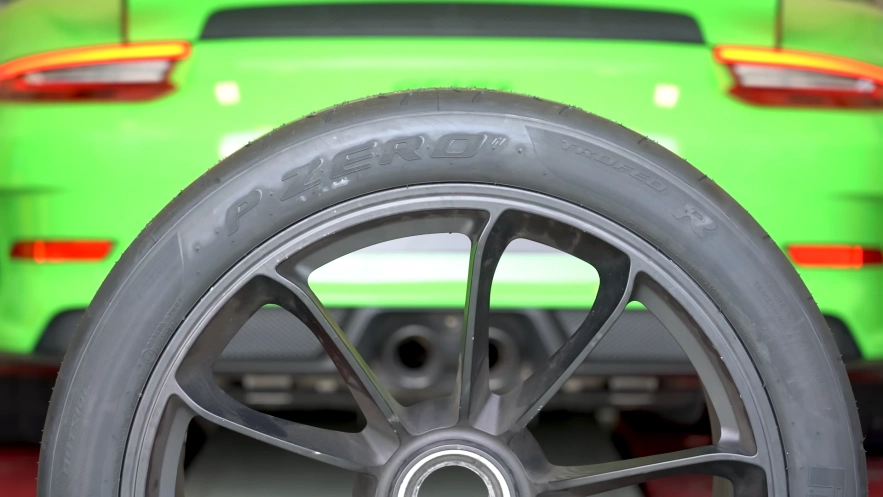Tire maintenance is a critical aspect of vehicle ownership, and understanding why tires go flat is essential for ensuring safety on the road. In this guide, we’ll explore the common causes of flat tires and how to address them effectively.
By staying informed and proactive about tire care, you can minimize the risk of unexpected flat tires and enjoy a smoother driving experience.
Reasons Why Your Car Tires Are Flat
1. Tire Puncture
Tire punctures are a leading cause of flat tires and can occur due to various factors such as sharp objects on the road, nails, screws, or even debris from construction sites. Signs of a punctured tire include sudden loss of air pressure, visible puncture marks on the tire surface, or difficulty maintaining proper inflation.
Repairing a punctured tire involves locating the puncture, removing any foreign objects, and patching the hole with a tire repair kit or seeking professional assistance if the damage is severe.
2. Valve Stem Issues
Valve stems play a crucial role in maintaining proper tire pressure by allowing air to enter and exit the tire. Damage to the valve stem can occur due to corrosion, wear and tear, or improper installation.
Symptoms of valve stem issues include air leaks around the valve stem, difficulty inflating the tire, or a noticeable decrease in tire pressure. Repairing or replacing a damaged valve stem involves removing the old stem, installing a new one, and ensuring a proper seal to prevent air leaks.
3. Wheel Rim Damage
Damage to the wheel rim can result from impacts with potholes, curbs, or other obstacles on the road. Common signs of wheel rim damage include dents, cracks, or bends in the rim surface. In severe cases, wheel rim damage can lead to air leaks and flat tires.
Repairing or replacing a damaged wheel rim may require specialized equipment and expertise to restore proper alignment and structural integrity.
4. Tire Bead Seal Failure
The tire bead seal is responsible for creating an airtight seal between the tire and the wheel rim. Bead seal failure can occur due to corrosion, aging, or improper installation.
Symptoms of bead seal issues include air leaks around the tire bead, difficulty maintaining tire pressure, or visible damage to the bead seal area. Repairing or replacing a failed bead seal involves removing the tire, inspecting the bead seal area, and ensuring a proper seal during reinstallation.
5. Age and Wear
Tires naturally wear out over time due to factors such as age, mileage, and exposure to environmental elements.
Signs of tire wear include uneven tread wear, cracking or dry rotting of the sidewalls, and decreased traction. Regular tire inspection is essential for identifying signs of wear and knowing when to replace tires to maintain safety and performance on the road.
6. Extreme Temperatures and Climate
Extreme temperatures and climate conditions can impact tire performance and longevity. Hot weather can cause tire pressure to increase, leading to overinflation and potential blowouts. Conversely, cold weather can cause tire pressure to decrease, resulting in underinflation and reduced traction.
Proper tire pressure maintenance and regular inspections are crucial for adapting to changing climate conditions and ensuring optimal tire performance year-round.
7. Underinflation and Overinflation
Both underinflated and overinflated tires can lead to flat tires and other safety hazards on the road. Underinflated tires are prone to increased friction, overheating, and premature wear, while overinflated tires are more susceptible to impact damage and reduced traction.
Regularly checking and maintaining proper tire pressure according to the manufacturer’s recommendations is essential for preventing flat tires and maximizing tire lifespan.
Final Thoughts!
In conclusion, understanding the common causes of flat tires is essential for maintaining vehicle safety and performance. By addressing issues such as tire punctures, valve stem damage, wheel rim damage, and bead seal failure promptly, you can minimize the risk of unexpected flat tires and enjoy a smoother, more reliable driving experience.
Remember to prioritize regular tire maintenance, including inspections, pressure checks, and tire replacements as needed, to ensure your tires remain in optimal condition for the road ahead.



